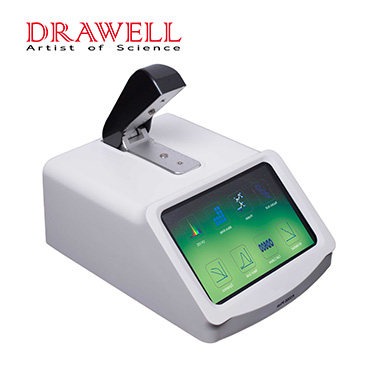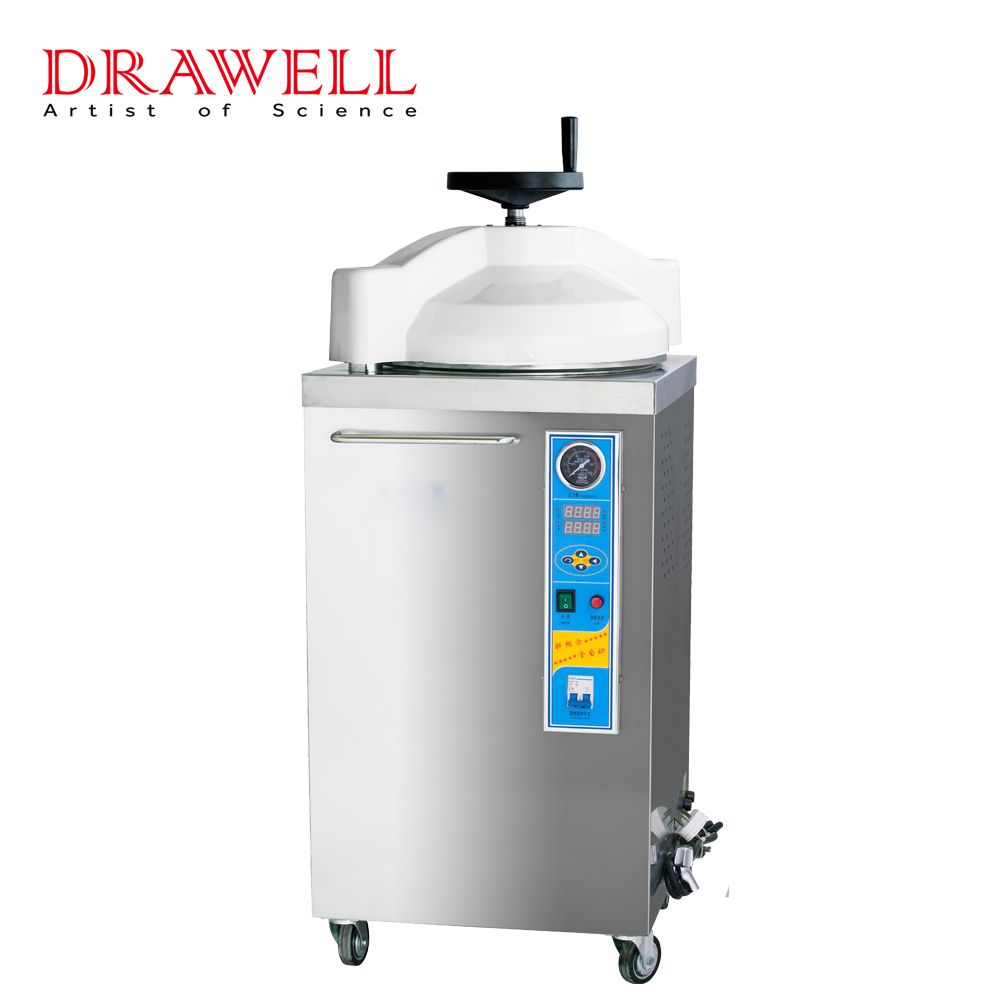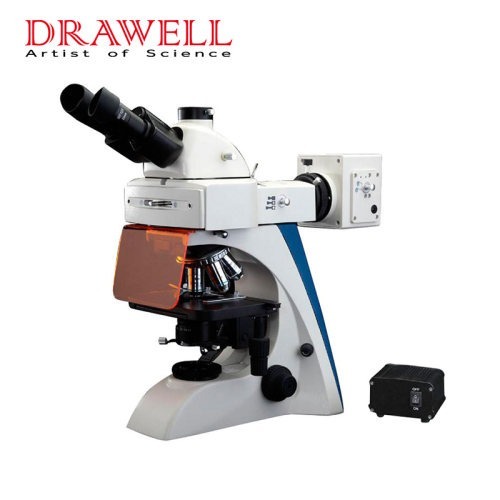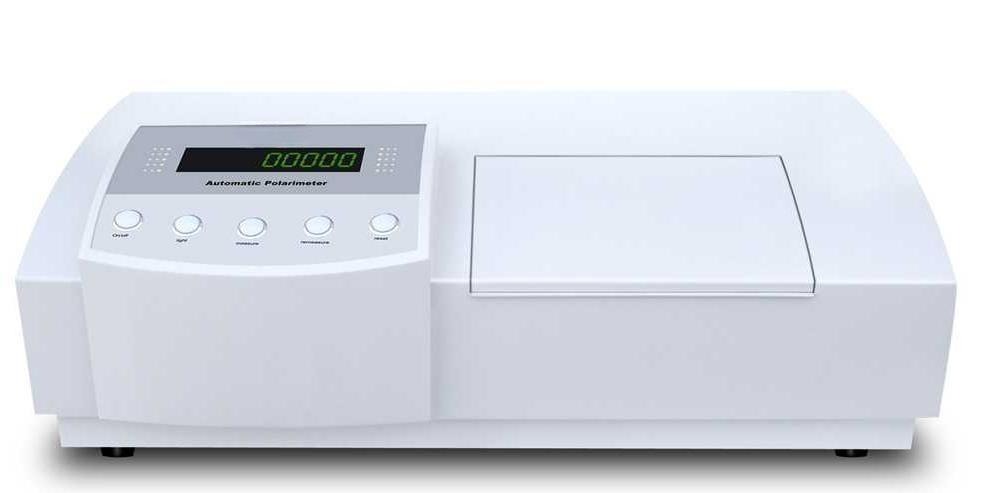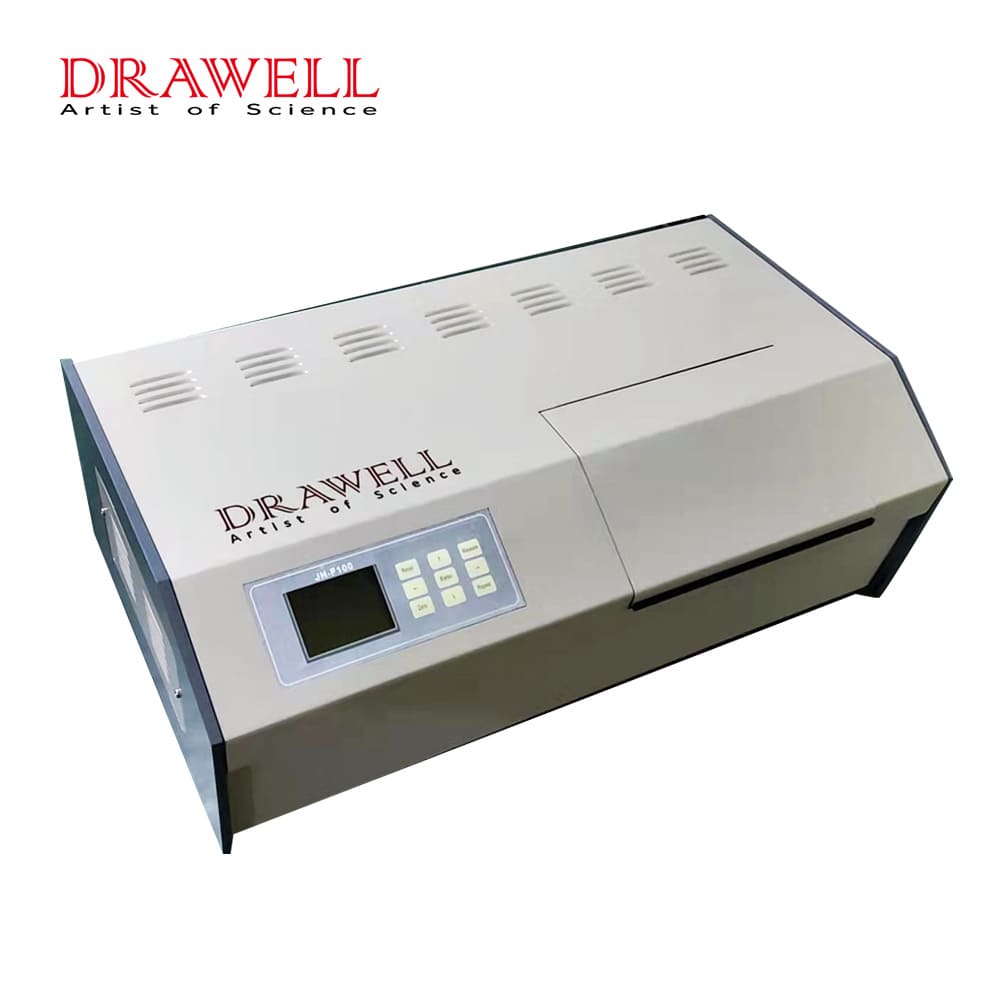News
How to Install A Temperature Sensor inside of A Lab Freezer
Accurate temperature monitoring is essential for maintaining the integrity of lab samples and preserving their viability. Installing a temperature sensor inside a lab freezer allows for real-time monitoring and ensures optimal storage conditions. In this article, we will discuss the topic of how to install a temperature sensor inside a lab freezer, exploring the step-by-step process of…
Purifying Water for Different Needs: Laboratory vs. Smart Water Filtration Systems
Water is essential for life, but it is not always pure. Tap water can contain impurities such as bacteria, viruses, chemicals, and heavy metals. These impurities can be harmful to health, and they can also interfere with scientific experiments and medical procedures. Laboratory water purification systems and smart water filtration systems are used to remove impurities…
What are the Maintenance Requirements for a Nanospectrophotometer
Nanospectrophotometers have emerged as invaluable tools in the field of nanotechnology and life sciences. These sophisticated instruments allow researchers to analyze and quantify minute quantities of materials with exceptional precision. They are extensively utilized in various applications, including nucleic acid and protein analysis, drug discovery, and nanomaterial characterization. To ensure the longevity and consistent performance of…
What are Common Problems and Troubleshooting Tips of Vertical Autoclaves
Vertical autoclaves are essential devices used in various industries, laboratories, medical facilities, and research centers for sterilization purposes. They employ high-pressure saturated steam to eliminate bacteria, viruses, fungi, and other microorganisms from equipment, glassware, and materials. However, like any complex equipment, vertical autoclaves may encounter several issues during their operation, impacting their efficiency and effectiveness. In…
How does a Fluorescence Microscope Work?
A fluorescence microscope is a powerful equipment used to observe and study biological material at the cellular and molecular levels in scientific research, medical diagnostics, and a variety of other fields. Opposed to ordinary microscopes that rely on transmitted or reflected light, it uses the special features of fluorescent molecules to produce colorful, high-contrast images. In…
What Type of Water Should be Used in the Autoclave?
Autoclaves are crucial devices in medical, laboratory, and industrial contexts for sterilizing equipment, instruments, and materials using high-pressure steam. The sterilization procedure of an autoclave is strongly reliant on the type of water utilized. Using the proper water promotes optimal performance, prevents equipment damage, and keeps patients and researchers safe. In this article, we will discuss the…
Constant Temperature and Humidity Chamber: Why Use It and How It Work
In the realms of scientific research, industrial manufacturing, and quality control, the importance of maintaining precise environmental conditions cannot be overstated. Whether it’s testing the durability of electronic components, conducting biological research, or verifying the reliability of pharmaceutical products, the ability to create and sustain consistent temperature and humidity levels is a critical factor. This…
What are Polarimeters
A polarimeter is an instrument that measures the optical rotation of a substance. Optical rotation is the property of a substance to rotate the plane of polarized light. The amount of rotation is measured in degrees and is called the specific rotation. In this article, we will discuss the different types of polarimeters, the principle of operation of…
4 Key Points to Know a Polarimeter Comprehensively
Various devices play an important role in measuring and quantifying various features of substances in the field of scientific analysis. A polarimeter is one such piece of equipment that is useful in the fields of optics and chemistry. It allows scientists and researchers to explore how light interacts with optically active compounds. In this article, we…
4 Key Questions For Choosing a Vacuum Drying Oven
Vacuum drying ovens are indispensable tools in laboratories and industrial settings, offering efficient drying capabilities while minimizing the risk of damaging sensitive materials. When it comes to selecting the right vacuum drying oven for your specific needs, several crucial questions must be addressed to ensure optimal performance and safety. Whether you’re a seasoned researcher or just…




